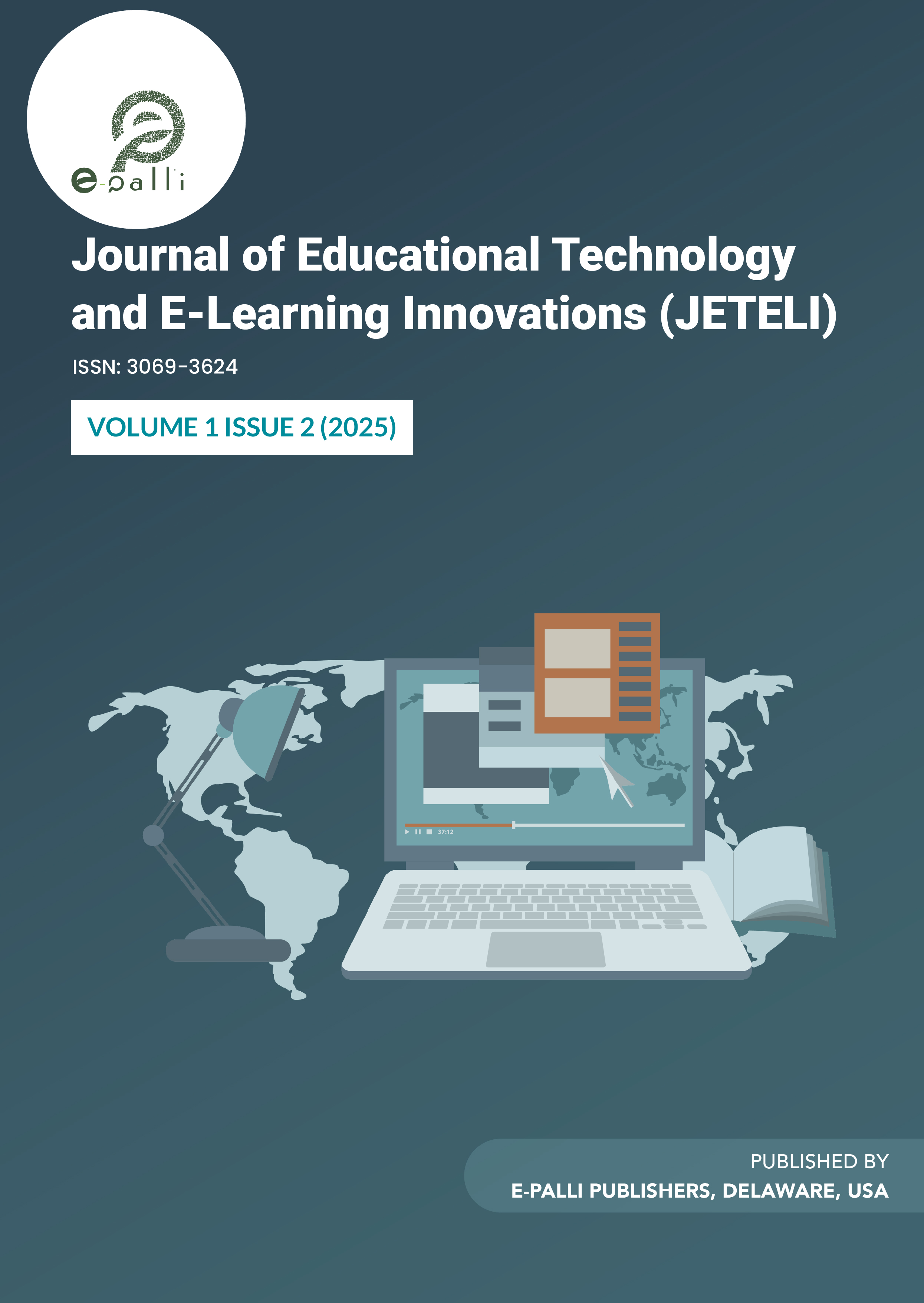Stories that Matter: Using Digital Storytelling to Develop Critical Literacy
DOI:
https://doi.org/10.54536/jeteli.v1i2.5834Keywords:
Critical Literacy, Digital Storytelling, StoriesAbstract
This paper explores how digital storytelling is reshaping the way educators encourage critical literacy in today’s classrooms. Drawing on peer-reviewed research published between 2007 and 2024, it pulls together what works, what’s promising, and what educators should watch out for when using digital storytelling to help students think more deeply and critically. The research shows that digital storytelling doesn’t just boost traditional literacy, it brings students into the process through multimedia, inspires emotional investment, and invites active creation. As a result, students see real gains in how they read, analyze information, and navigate digital worlds. The review also reveals practical strategies that make digital storytelling work, like building in structure, encouraging peer feedback, and honoring students’ cultural backgrounds. There’s strong evidence that these approaches especially benefit multilingual learners and help create more universal classrooms. At the same time, the paper acknowledges the challenges and points to the need for thoughtful implementation, ongoing support, and further study as technology evolves. Ultimately, this synthesis offers some perspectives and actionable ideas for educators eager to integrate digital storytelling into their approach to teaching critical literacy.
References
Alalem, A. (2023). Digital storytelling for cultivating a participatory culture in first-year composition. Computers and Composition, 69, 1–14. https://doi.org/10.1016/j.compcom.2023.102792
Bloch, J. (2018). Digital storytelling in the multilingual academic writing classroom: Expanding the possibilities. Dialogues, 2(1), 96–110.
Chung, S. K. (2007). Art education technology: Digital storytelling. Art Education, 60(2), 17–22. https://doi.org/10.1080/00043125.2007.11651632
Freire, P. (1970). Pedagogy of the oppressed (M. B. Ramos, Trans., pp. 71–86). Continuum.
Gonzales, L. (2018). Sites of translation: What multilinguals can teach us about digital writing and rhetoric. University of Michigan Press.
Jiang, J. (2024). “Emotions are what will draw people in”: A study of critical affective literacy through digital storytelling. Journal of Adolescent & Adult Literacy, 67, 253–263. https://doi.org/10.1002/jaal.1322
Kaeophanuek, S., Panjaburee, P., & Srisawasdi, N. (2019). A learning process model to enhance digital literacy using critical inquiry through digital storytelling (CIDST). International Journal of Emerging Technologies in Learning, 14(3), 22–37. https://doi.org/10.3991/ijet.v14i03.8326
Kress, G. (2003). Literacy in the new media age (pp. 35–60). Routledge.
Menezes, H. (2012). Using digital storytelling to improve literacy skills. Instituto de Educação, Universidade de Lisboa. ERIC, 1–43.
Ong, W. J. (1986). Writing is a technology that restructures thought. In G. Baumann (Ed.), The written word: Literacy in transition (pp. 23–50). Oxford University Press.
Proctor, C., & Blikstein, P. (2019). Unfold Studio: Supporting critical literacies of text and code. Information and Learning Science, 120(5/6), 285–307. https://doi.org/10.1108/ILS-05-2018-0039
Robin, B. R. (2008). Digital storytelling: A powerful technology tool for the 21st century classroom. Theory Into Practice, 47(3), 220–228. https://doi.org/10.1080/00405840802153916
Syam, A. T. (2022). Promoting the development of learners’ traditional literacies through digital storytelling. LLT Journal, 25(1), 263–276. https://doi.org/10.24071/llt.v25i1.4324
Tamimi, M. A. M. (2024). Effects of digital storytelling on motivation, critical thinking, and academic achievement in secondary school English learners. Research in Social Sciences and Technology, 9(1), 305–328.
Downloads
Published
How to Cite
Issue
Section
License
Copyright (c) 2025 Mst. Rasna Afroz

This work is licensed under a Creative Commons Attribution 4.0 International License.



